The completion of the 11km smart motorway upgrade between junctions 25 for Waltham Cross and 27 in Epping marks the completion of a marathon upgrade setting new benchmarks in productivity, sustainability and use of BIM.
Since May 2009, the joint venture has improved 72 miles of busy motorway through Kent, Surrey, Essex and Hertfordshire.
The project also met ambitious sustainability targets with over 90% of materials coming from recycled or reclaimed sources.
Kieran McGibbon, Skanska Balfour Beatty engineering director, said: “I am very proud that we have delivered the last of our current projects to upgrade the M25 to Smart Motorway and in doing so have set new industry standards in terms of accelerated delivery and sustainability for motorway upgrade projects.”
Work on the latest section was completed 14 weeks ahead of schedule, building on the earlier completion of junctions 23 to 25 in Hertfordshire, and junctions 5 to 7 between Kent and Surrey, which opened 22 weeks ahead of schedule in the spring.
Early completion was achieved through extensive use of BIM, which enabled the early detection of design issues while also providing the Highways Agency and stakeholders, such as Network Rail, with real-time information on design and implementation.
BIM also sped up decision making through widespread use of electronic sign-off, and Quick Read codes on all drawings so that they could instantly be downloaded for surveyors and site managers to use without the need for printed copies.
Tim Jones, chief executive officer for client Connect Plus, said: “Over the past 65 months, the Skanska Balfour Beatty joint venture has set numerous benchmarks in productivity, design, safety, sustainability, technical innovation and programme efficiency that are unparalleled in the history of highway construction.
The programme has seen the M25 upgraded from three to four lanes in each direction with enhanced on-road technology to manage traffic flow, will benefit both approximately 175,000 customers who use that part of the network each day and the wider UK economy.
The upgrade, which enables the hard shoulder to be used permanently as an extra running lane, will improve the reliability of journey times and
Work included the installation of new infrastructure and technology including motorway spanning gantries, refuge areas, emergency telephones, overhead signals, verge mounted signs and CCTV cameras.





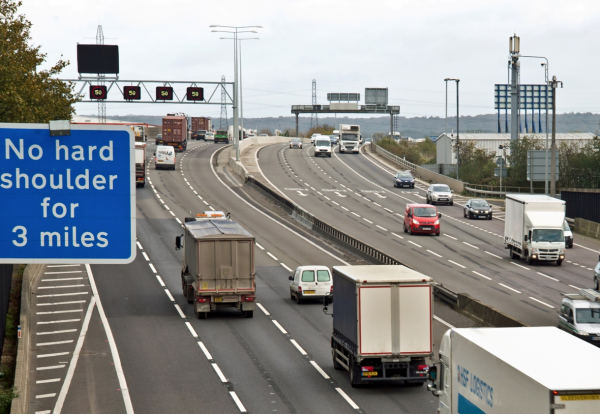






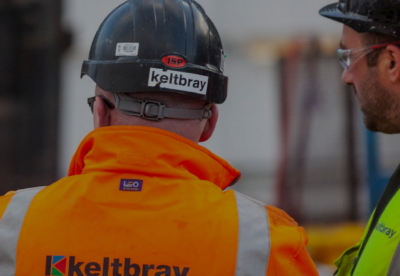










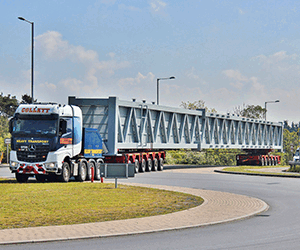
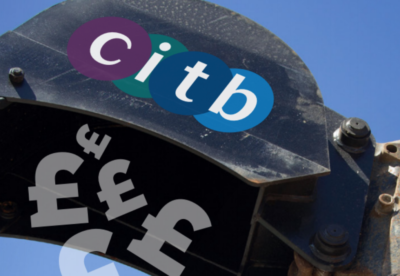

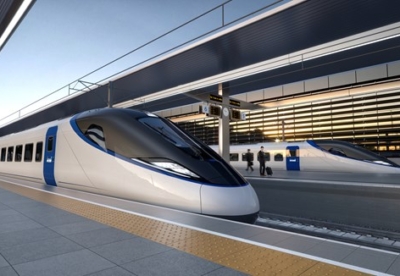








.gif)






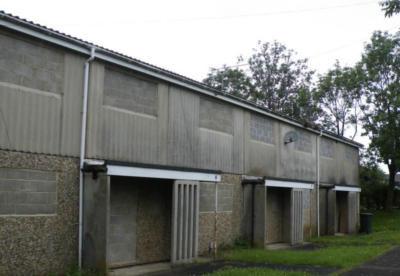







 MPU 300_250px.gif)




